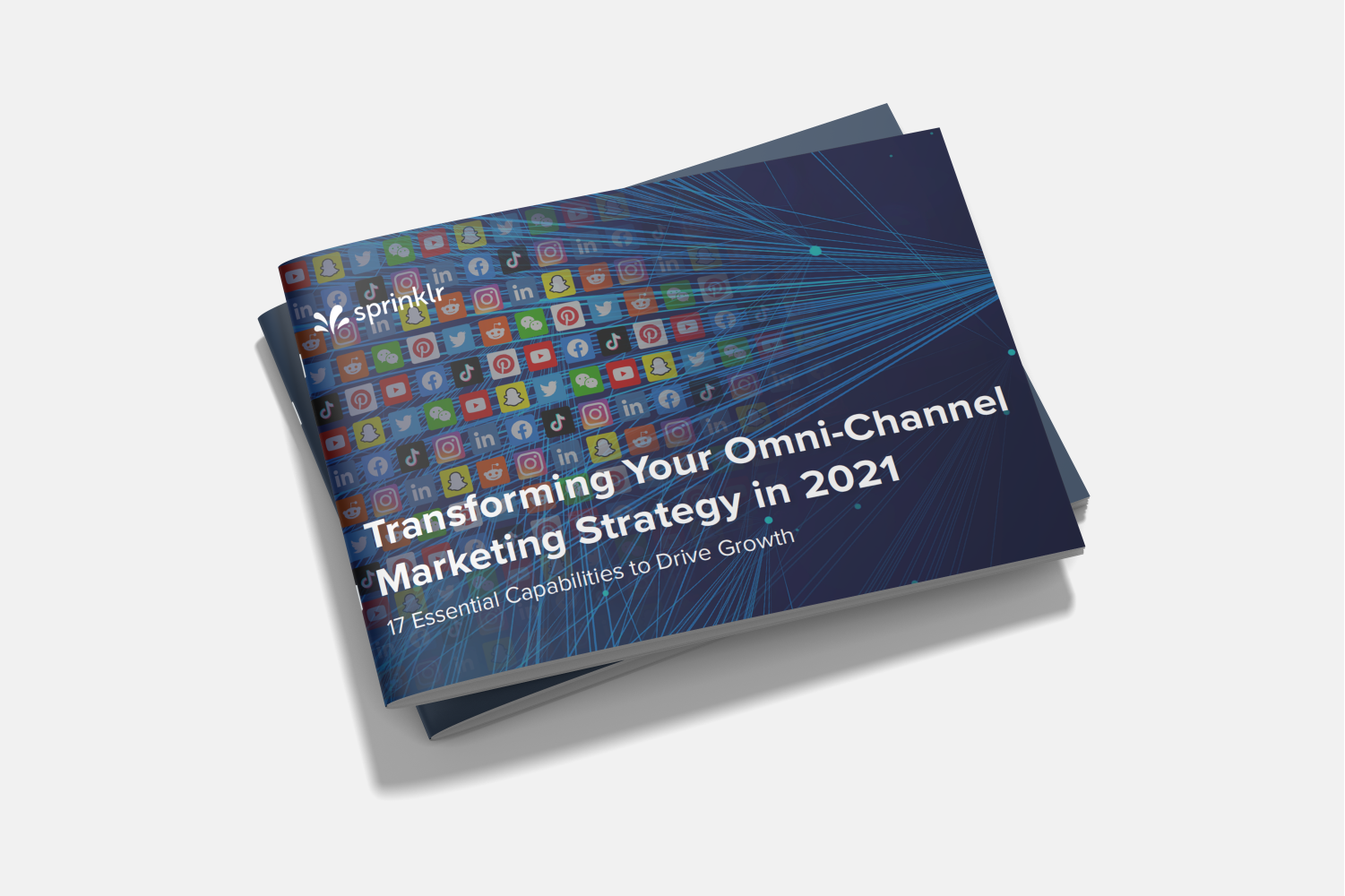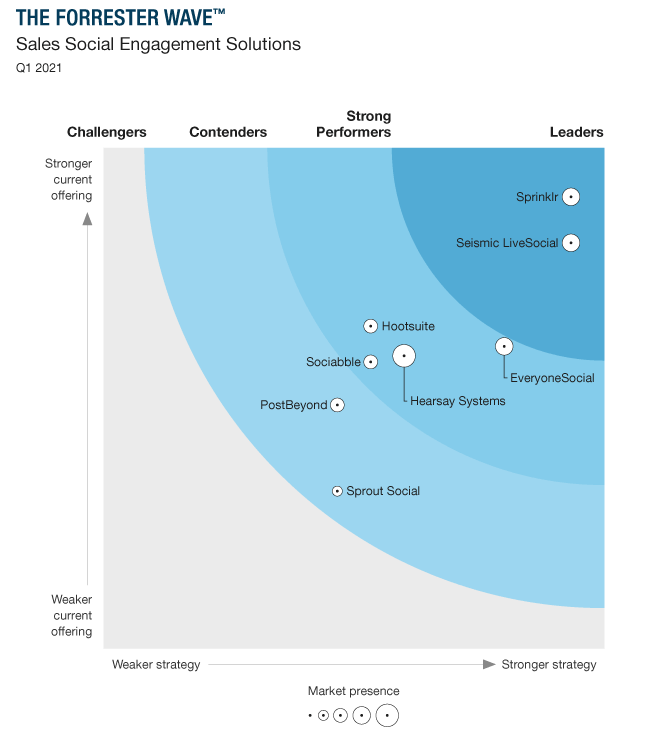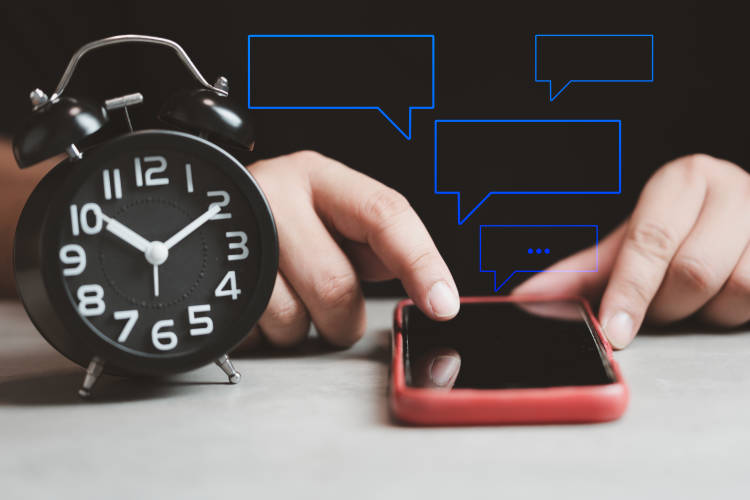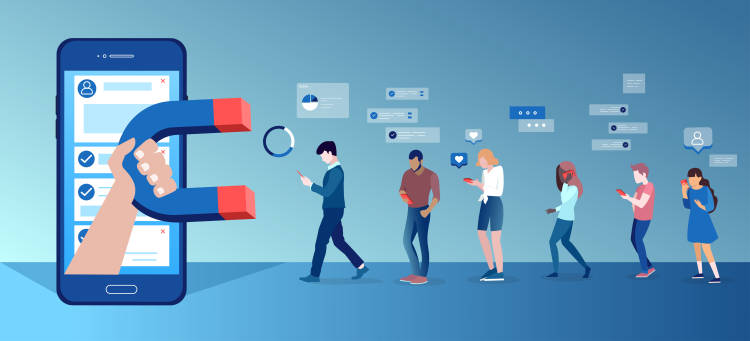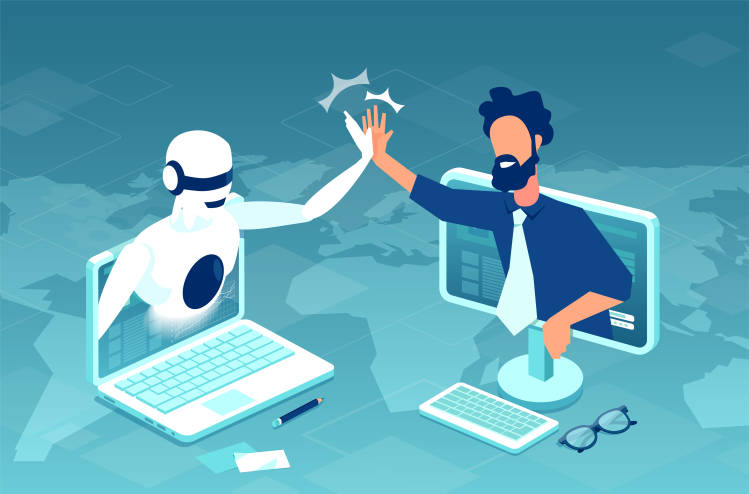What is digital marketing?
Digital marketing is the collection of marketing strategies and tactics used to reach customers online, including email, social media, search engines, web-based advertising, mobile apps, and other digital channels.
But digital marketing is more complex than just determining which channels and content to use. Consumers are constantly viewing content from numerous brands, and companies need to compete by learning to better connect with their audiences. Engaging with your audience online can build brand awareness and trust, which could ultimately lead to higher conversions. Gathering data from campaigns over time helps you determine the best ways to engage with consumers.
What is the difference between inbound and digital marketing?
Digital marketing and inbound marketing are often used interchangeably and, on the surface, they seem similar. But digital marketing doesn’t differentiate between inbound and outbound methods, meaning both can be used in a digital strategy.
Outbound marketing
Digital outbound marketing shows ads to as many people online as possible, even if they aren’t relevant. One example is banner ads, which often appear at the top of web pages. These are designed to push products onto every single site visitor, including those who may not have any interest in buying them. Outbound marketing doesn’t allow for much interaction, as it only focuses on the product or service instead of how it relates to the consumer. Because these ads are intended to reach a wide audience, the messaging is often broad, making it difficult to create deeper connections with consumers.
Inbound marketing
Inbound marketing is intended to fit in with consumers’ regular content, and shouldn’t interrupt their daily lives with banners, pop-ups, or other irrelevant ads. Rather than attempting to reach a large audience like outbound marketing, inbound marketing focuses on targeting an audience of consumers actively in need of your products or services. The main purpose of inbound marketing is to create relationships with your consumers and encourage them to come to you rather than push your products or services onto them. Marketing tactics often used with inbound marketing include:
Blogs
Videos
Email marketing
Search engine optimization
Social media marketing
In the past, there wasn’t a clear difference between outbound and inbound marketing. Outbound marketing once included all marketing efforts, as getting ads out to as many people as possible was the most effective marketing strategy. Consumers today have become savvier with their purchasing decisions, so brands must put more effort into convincing them to spend their money. Inbound marketing encourages customer interactions to build brand trust and awareness, therefore driving purchases.
B2C vs. B2B digital marketing
Digital marketing works well for both B2C and B2B companies. However, they require different strategies to procure the best results. B2C and B2B have three major differences to consider when determining how to appeal to each audience.
1. Types of consumers
B2B and B2C consumer needs are often markedly different. That’s why it’s crucial for your digital marketing strategies to be suited to the correct consumer type. B2C marketing requires appealing to each consumer and determining individual needs. B2B purchases often require approval from multiple people in the company such as shareholders, bosses, etc., but B2B marketing should include strategies to appeal to each member of the buying process and determine the needs of the whole company.
2. Buyer motives
Certain motivations drive purchasing decisions and they vary between each market. Understanding why your consumers make certain purchases can help you determine how to add value to their purchasing decisions. B2C marketing focuses on product or service features with a goal to demonstrate why the audience wants or needs what you’re selling. B2B marketing focuses on demonstrating to consumers that they can trust your organization. Product and service features are important, but it’s more important to prove that you understand and will be responsive to their needs.
3. Length of the buying journey
B2C decisions are often made quickly, but B2B decisions can take years. Relationship-building is crucial for B2B consumers as it allows brands to show the values, ethics, and practices they believe in. Because the buying journey is so long with B2B, it’s essential for brands to create relationships with consumers, ensuring they purchase from your company. This process can also generate leads as consumers are more likely to recommend you to other businesses. While relationship-building is important in both B2B and B2C digital marketing, B2C consumers tend to respond better to short-term offers.
Marketing funnels can be beneficial for both the B2C and B2B buying journeys. Every marketing funnel is unique and should be designed specifically for every kind of customer. Using qualitative and quantitative data will help you understand your consumers and what kind of relationship is needed.
Learn more: 3 Steps to Building a Customer-First Marketing Strategy
What are the different types of digital marketing?
As the internet continues to evolve and expand, digital marketing strategies change and adapt with it. As such, there are several types of digital marketing strategies used today. The most common strategies include:
Email marketing
Email marketing is an effective and inexpensive way to deliver information to your customers, promote your products, and build brand loyalty. Emails can be used to promote discounts, events, content, sales, etc., and can also drive traffic to your website. Digital strategists often use other digital marketing channels such as social media to add people to their email lists. Some examples of emails you could send in an email marketing campaign are:
Welcome emails
Loyalty program promotions
Holiday deals
Newsletters
Tips or advice about your products
Learn more: How to Use Sprinklr to Support B2B Email Marketing
Social media marketing
Social media marketing involves driving traffic and building brand awareness through content posted on social media platforms. The most common social media channels are Facebook, Instagram, X, formerly Twitter, and LinkedIn. Social media platforms enable customer engagement, but social media marketing doesn’t have to include the goal of direct purchases. Many businesses use social media marketing to build brand awareness and start conversations with their audience rather than encouraging them to make purchases right away.
Built-in engagement metrics provided on social media platforms show you how many shares, comments, likes, and clicks your ads are getting, so you can determine what is working best in your marketing campaign. You can see how much of your target audience is being reached and what may need to be improved to access more people.
Search engine marketing
Search engine marketing is an online marketing strategy that relies on search engine optimization (SEO). SEO is the process of optimizing your website to rank higher on search engine results pages (SERPs). When people type certain keywords related to your brand, you want your business’ name to appear toward the top of the search page to encourage them to click on your website. When optimizing your website, some important factors to keep in mind include the quality of your content, how mobile-friendly your website is, and the amount of user engagement.
Pay-per-click
Pay-per-click marketing (PPC) is publishing an ad on a platform and only paying the platform host when someone clicks on it. Search engines are the most common hosts of PPC ads, but platforms such as Facebook, X, formerly Twitter, and LinkedIn also have PPC options. When using a search engine host, the PPC campaign’s goal is to appear at the top of SERPs and marketing professionals bid on certain keywords related to their content. A number of factors play into how an algorithm prioritizes ads, including the ad and landing page quality, keyword relevancy, and bid amount. The algorithm also targets consumers based on shared demographics, locations, or interests. Ad spend largely depends on your max bid compared to competitors’ bids.
Native advertising
Native ads are intended to blend in and match platforms by conforming to their formatting, so native digital marketing campaigns involve creating ads that don’t look like ads. These ads are most commonly used on social media as promoted or sponsored listings, feed ads, or content recommendations. Many consumers prefer native advertising because it isn’t as aggressive as traditional advertising.
To help consumers know what kind of post they are engaging with, use words like “sponsored” or “promoted” on your ads. Being transparent with your consumers and clearly labeling ads can help them feel better about your brand. Native ads are intended to be less intrusive than traditional advertising strategies, but they aren’t intended to be misleading.
Learn more: 5 Examples of Brilliant Native Advertising Content
Affiliate marketing
In affiliate marketing, a third-party partner is paid to promote someone else’s business. Both promoters and companies being promoted often use a revenue-sharing model, where the promoter receives a commission when promoted products are purchased.
Affiliate marketing often includes social media influencers who brands turn to for product promotion. Influencers receive compensation for promoting a brand’s product on their own profiles. The idea is that when people see their favorite influencers using certain products, they feel more inclined to purchase.
Content marketing
A content marketing plan involves creating and distributing relevant content to your target audience. Instead of promoting the value of a service or product to entice potential customers, content marketing offers and promotes free information in the form of writing, audio, or video content. Content is typically published on a brand’s website and promoted through email marketing, SEO, or social media. Content marketing can be difficult because content writers need to write copy that ranks well but also holds a reader’s attention enough to encourage interaction and shares.
Read more: 5 Examples of Great Enterprise Content Marketing
Marketing automation
Marketing automation is a software used to automate advertising operations. Automation can be used for automating many repetitive tasks, including:
Scheduling social media posts. Most experts recommend posting frequently to grow your social media presence — but posting manually can become tedious. Social media scheduling tools publish your social media content for you.
Sending emails. Email automation is used to automatically send emails to subscribers and monitor contact lists.
Generating leads. You can automate the lead conversion process by sending specific emails and other content to leads who fit certain criteria, such as people who have already expressed interest by downloading an ebook.
Tracking and sorting data. Content, emails, and calls are a lot to keep track of in digital marketing campaigns. Automating processes can help you keep everything sorted by campaign.
Read more: Marketing automation best practices guide
What are the benefits of digital marketing?
Digital marketing has grown in popularity, and it's easy to see why. There are many benefits to running a digital marketing campaign. Some of these benefits are:
Low costs
Traditional marketing methods make it difficult for small- or medium-sized businesses to compete with larger ones that have money for TV ads, billboard space, and radio spots. Many digital marketing tactics, like PPC, allow you to set your own costs. Whether you want to spend $300 or $3,000, you decide the amount that works best for your bottom line.
Measurable results
Digital marketing software automatically tracks your conversion numbers as well as engagement such as likes, comments, email open rates, and website visits. Traditional marketing plans don’t offer such simple tracking options. After all, it’s difficult to track who sees your billboard or how many people hear your radio ads.
Target audience
Traditional marketing strategies involve sending a message to a large audience, hoping someone takes an interest. But with digital marketing efforts, you can easily target people who are most likely to be interested in your business. You can target consumers based on things like demographics, careers, interests, and more, so your message is received by a smaller audience that is likely to move forward with purchases.
Improve your digital marketing strategy with Sprinklr Marketing.
With disjointed digital marketing point solutions across multiple channels, enterprises struggle to deliver a consistent brand voice, drive leads from channels to site, and tie marketing to sales and support effectively.
Sprinklr Marketing is powered by the world’s only unified customer experience management (Unified-CXM) platform that is purpose-built to help marketing teams orchestrate omnichannel campaigns across 30+ digital channels.
Transform and unify your digital marketing strategies with features like:
Unified Campaigns to streamline paid and organic social
Track campaigns and measure success with a Unified Calendar
Reuse high-performing content with Sprinklr’s asset management
Convert briefs into creatives and campaigns seamlessly with Unified Publisher
Increase ROAS with AI-optimized budgets and bids
Protect your brand with Smart Compliance...and much more.
Thank you for contacting us.
A Sprinklr representative will be in touch with you shortly.
Contact us today, and we'll create a customized proposal that addresses your unique business needs.
Request a Demo
Welcome Back,
No need to fill out any forms — you're all set.
